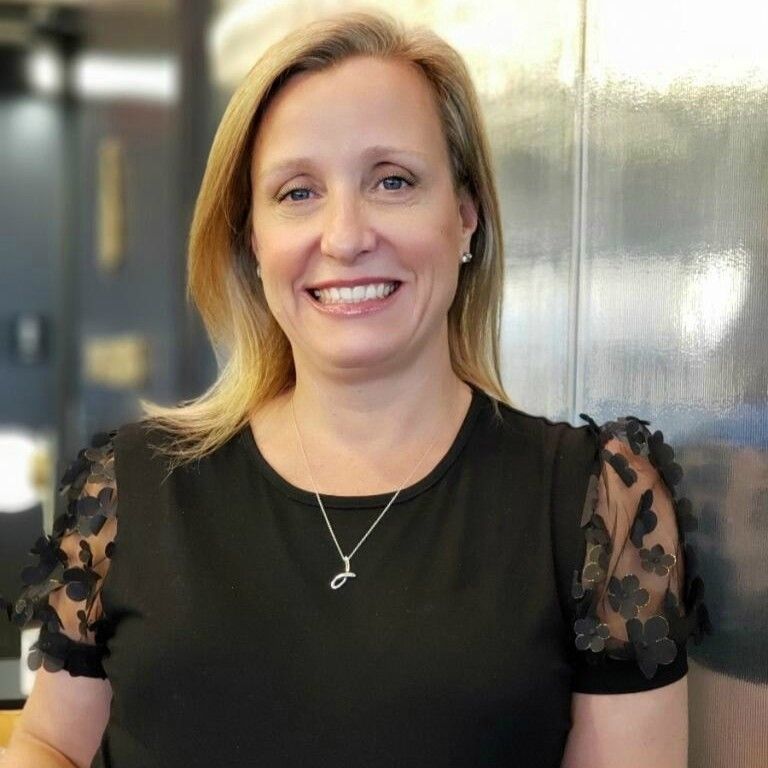For sellers of professional goods, and services, in today’s competitive business environment, it’s important to understand your buyer’s journey before they make a purchasing decision.
We find that there are four steps that play out, predictably, regardless of industry or location.
Buyers start talking, internally, about what they think they need. They share experiences about a perceived problem but since that step has more to do with marketing and brand awareness, it’s less relevant to a discussion about sales.
They look for information and insights. A lot of internet searches take place during this step. Data is gathered and various options are considered.
Once the buyer believes they know what the problem is, has gathered relevant data and assembled a list of options for solving the problem, discussions get more serious. A course of action is chosen. Some kind of capital (time, effort, financial, political or logistical) gets invested.
If there is a positive experience with an external vendor, seller or supplier after a purchase, the buyer becomes a “raving fan” and advocates on the seller’s behalf—internally, externally or in both settings.
Members of a sales team always benefit from understanding the four steps of that journey from the buyer’s perspective. But how does this journey typically play out for the buyers you target? Here are some good questions to ask:
What do your buyers experience when they interact with you?
How do those experiences shape their view of your organization?
What kind of information are buyers likely to have gathered before they communicate with you?
One of the most important best practices to remember is that, early on, our main job as sales professionals is to gather information—not dispense it. The amateur’s sales philosophy is often this: Answer all their questions and you will get closer to the sale. Amateurs react to whatever the buyer is asking and hope that if they prove how much they know, they’ll be rewarded with a commitment.
This school of selling has never been very effective but it is particularly ill-suited to an environment in which buyers tend to keep salespeople at arm’s length, self-diagnose their problems and research available options for solving those problems on their own.
Savvy professionals pursue a different strategy. They are tactfully proactive, and curious, about how the buyer’s journey is unfolding, and they continually look for the best ways to become part of that buyer’s journey. They know that buyers are looking for a trusting relationship with someone who understands their problem and has successfully dealt with it in the past. Accordingly, they:
Share appropriate case studies, information and resources.
Propose a clear agenda, without hesitation or apology, because they are experienced in solving the problem.
Ask questions that identify the pain that this buyer is experiencing.
Ask questions that reveal whether the buyer is willing to invest resources to make the pain go away.
Uncover the decision-making process and confirm that there is, at least, a potential for a good fit for both sides.
If we truly understand all their issues, have a solution that removes the pain, have identified all the resources and mapped out the entire decision-making process, then we should be leading this discussion with the buyer. The presentation we deliver in the decision stage of the journey is simply the fulfillment of all the work done on both sides to move the relationship—and the journey—forward.
Too many salespeople lose sight of the reality that it is the buyer’s journey, not our desire for business, that drives decisions—and revenue. The better we understand the buyer’s journey, the better we will be at identifying the step they’ve reached at any given point in that journey in order to deliver an effective solution. This puts us in the best position to reach the goal of recurring income while creating “raving fans” on our behalf. ♦
Jim Marshall is owner, and president, of Sandler Training of Tampa Bay, which provides sales, corporate and management training to high-achieving companies and individuals. Contact him at 813.287.1500 or [email protected].









